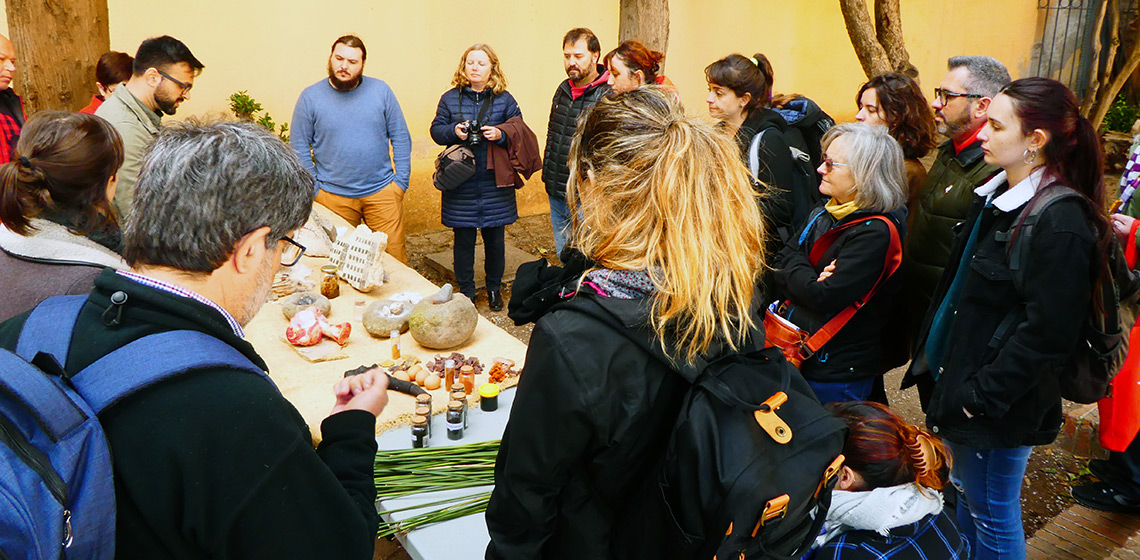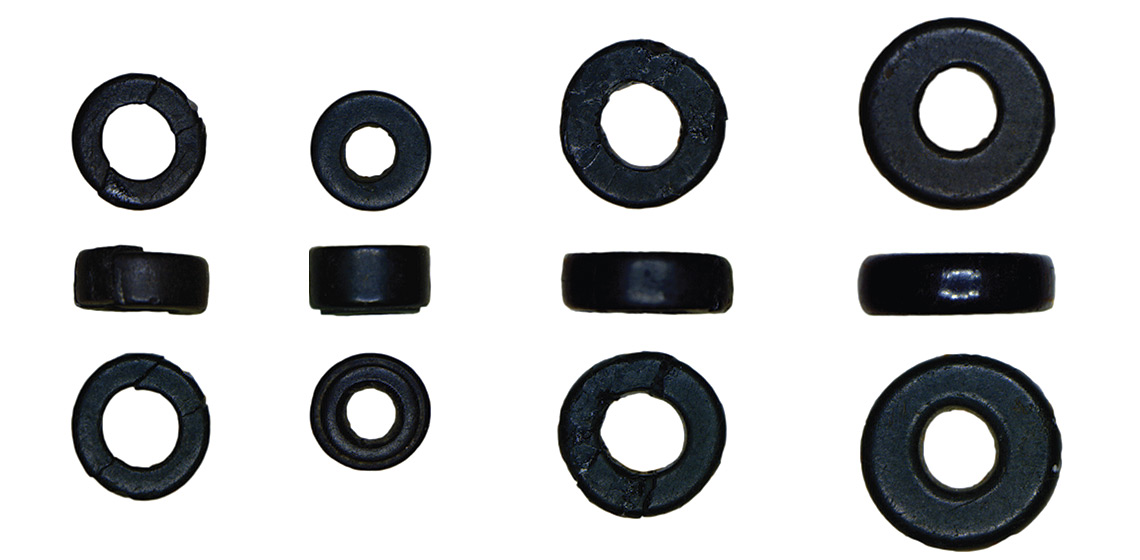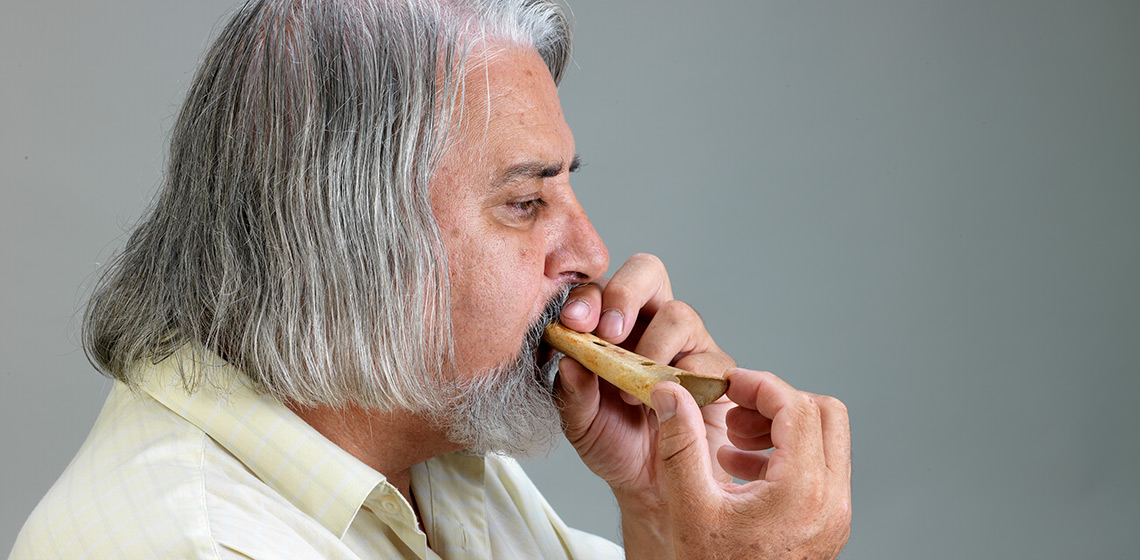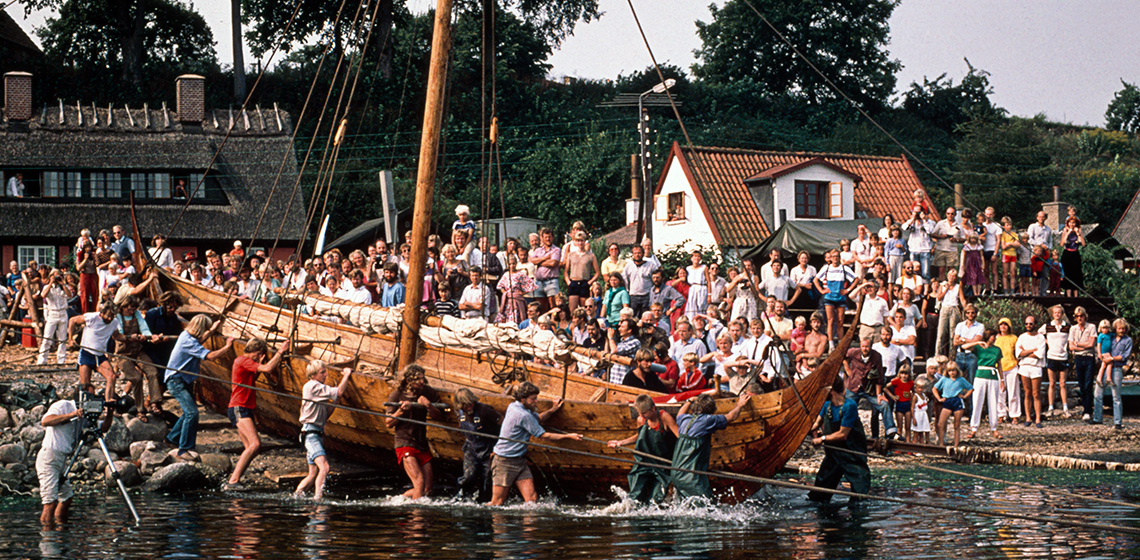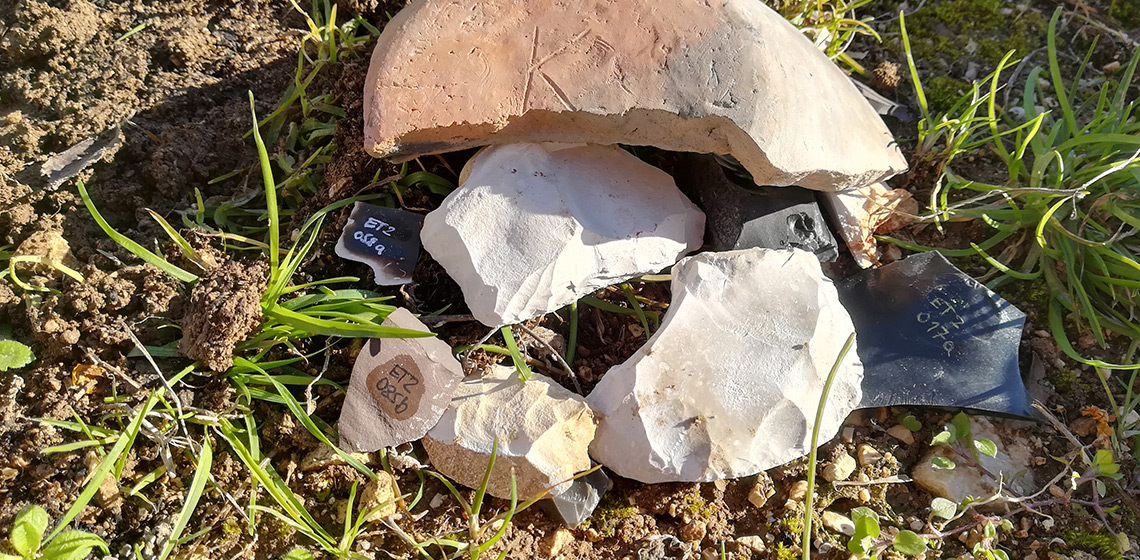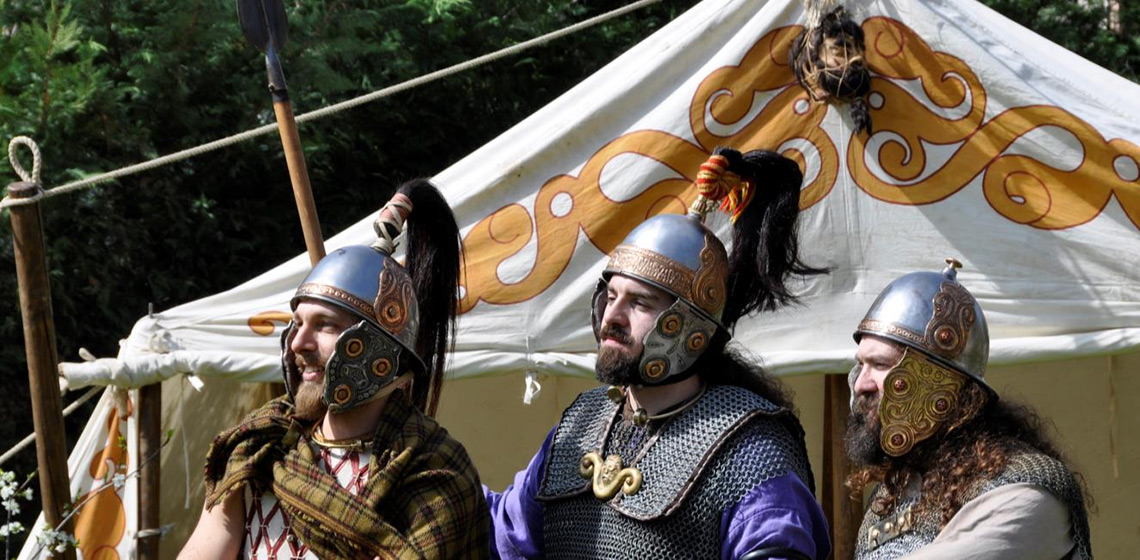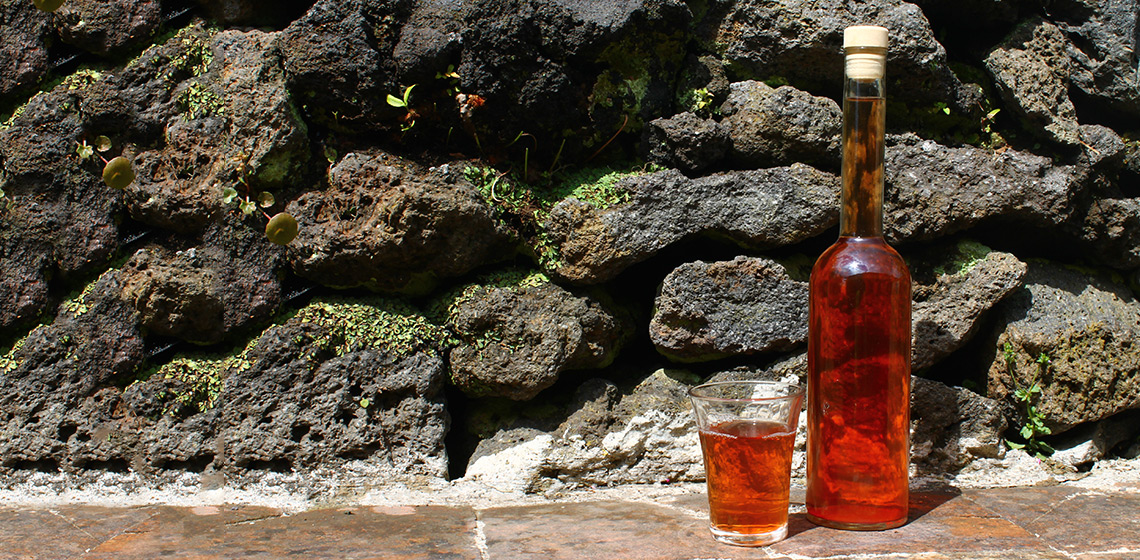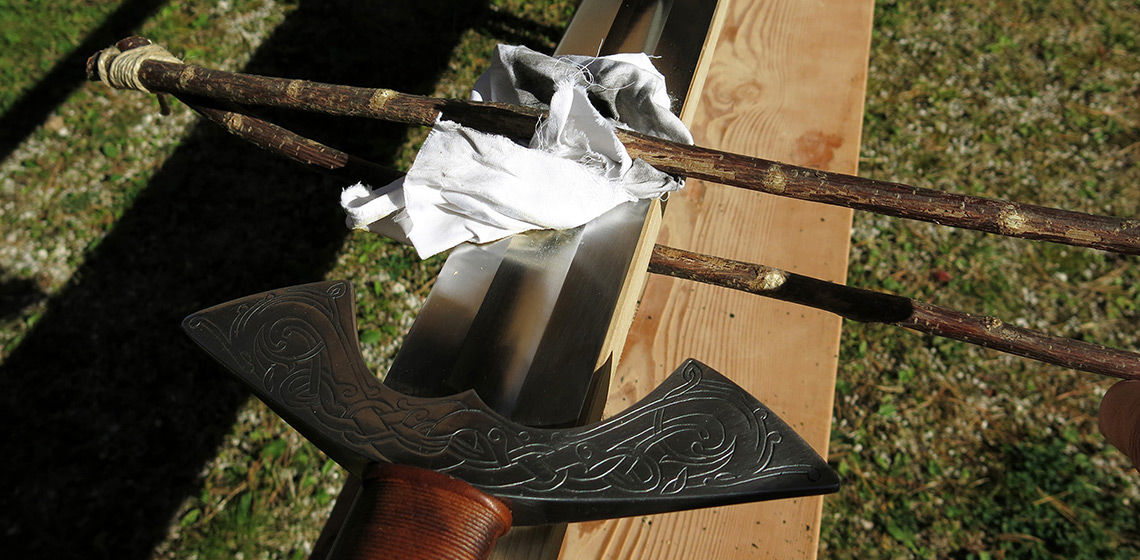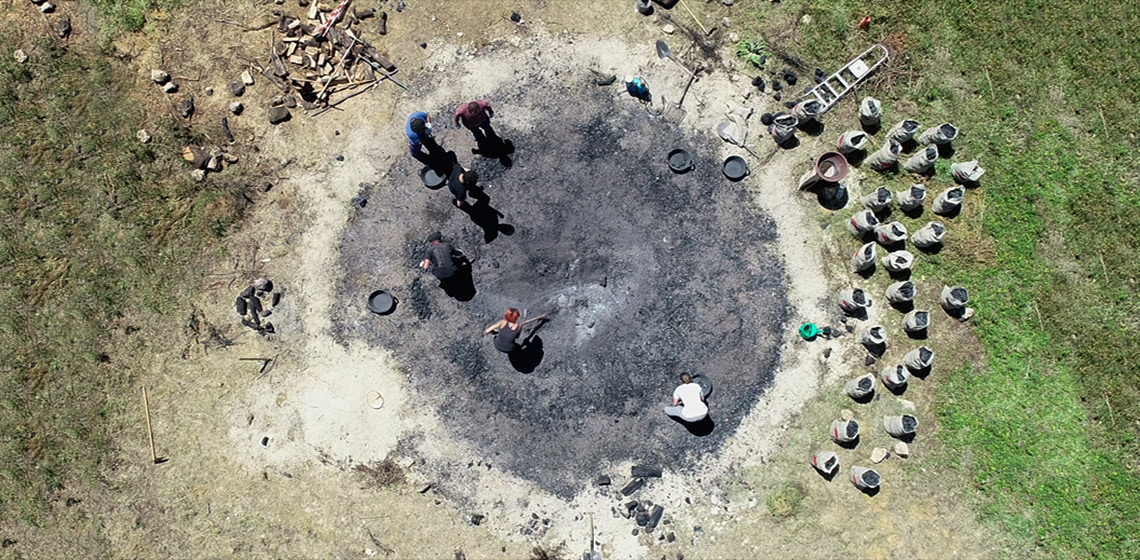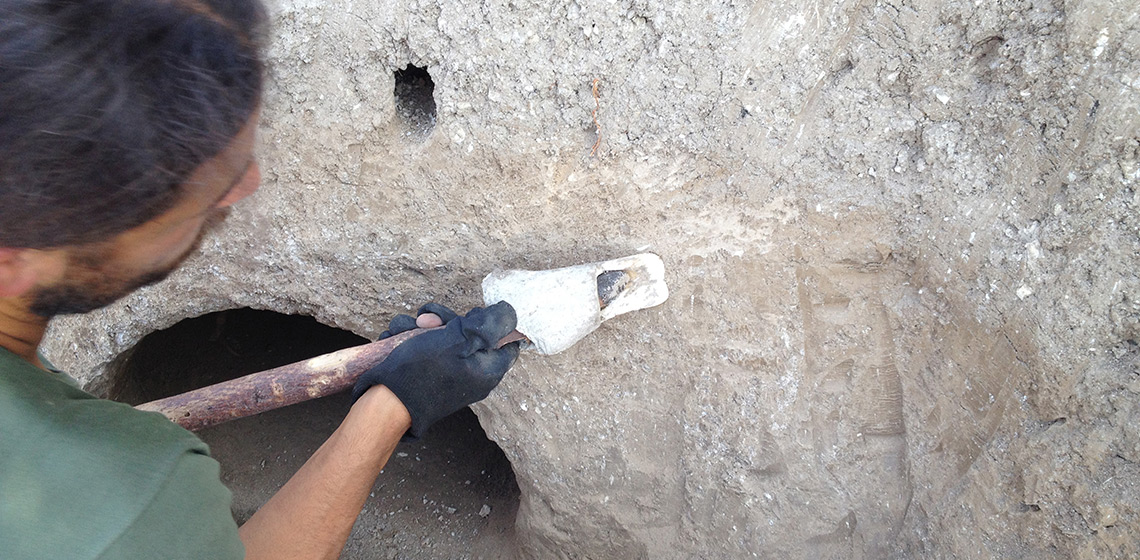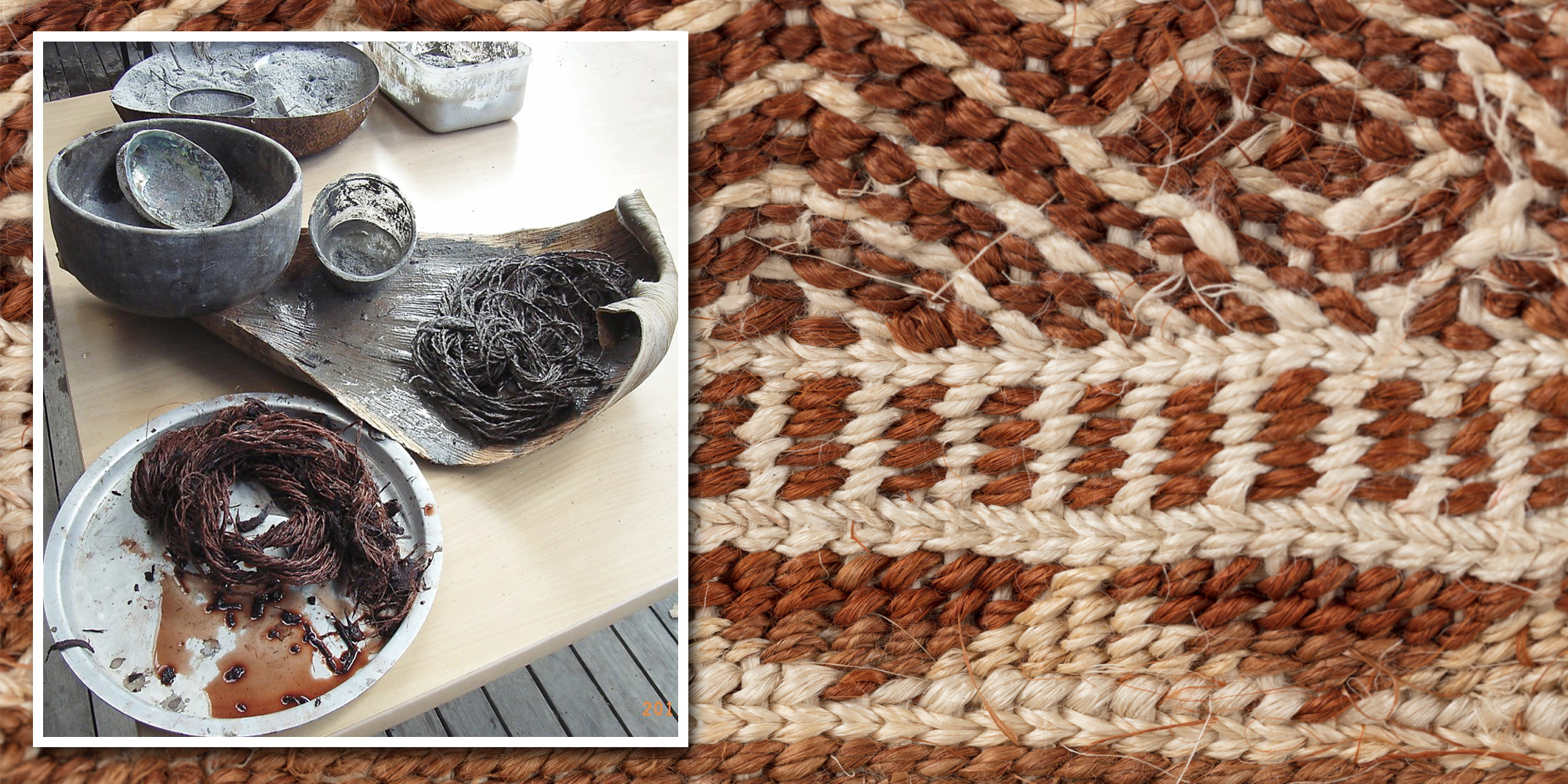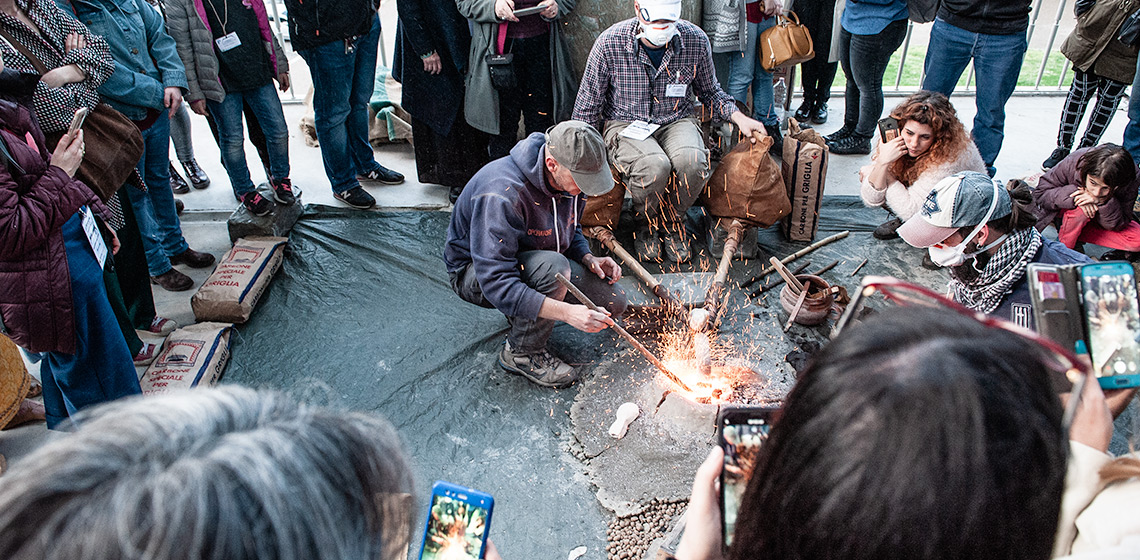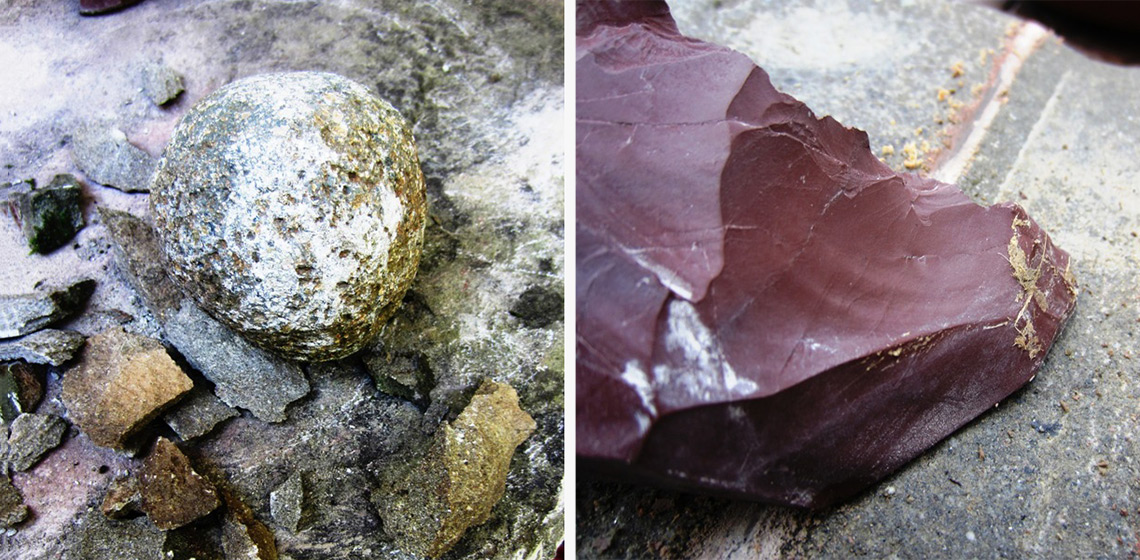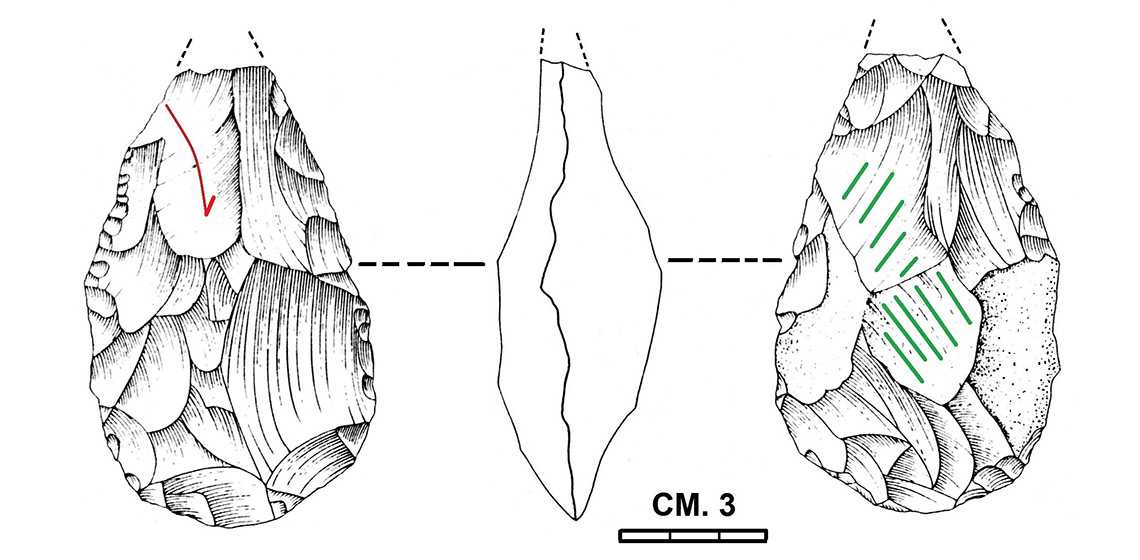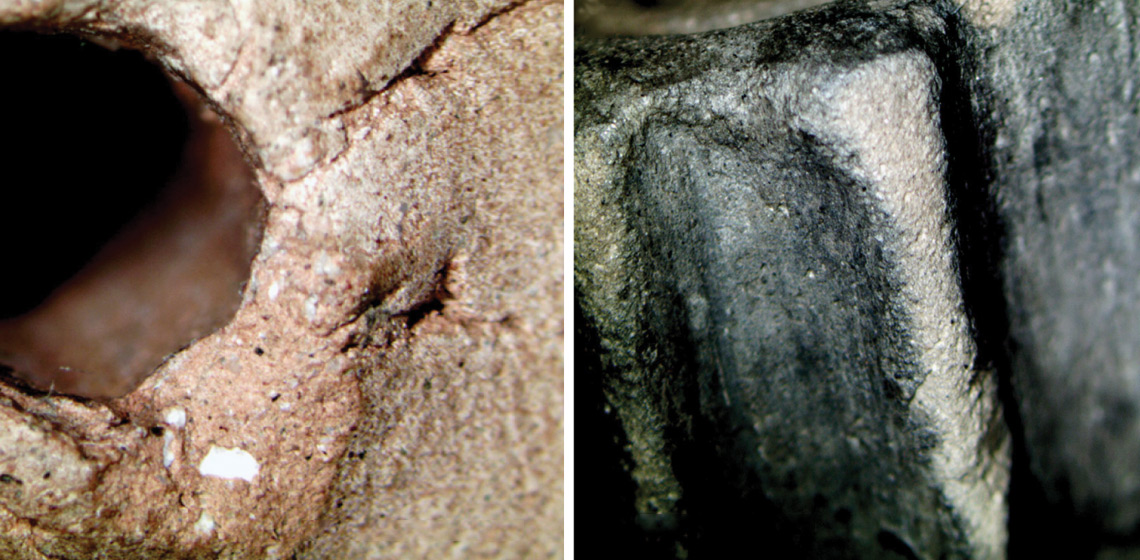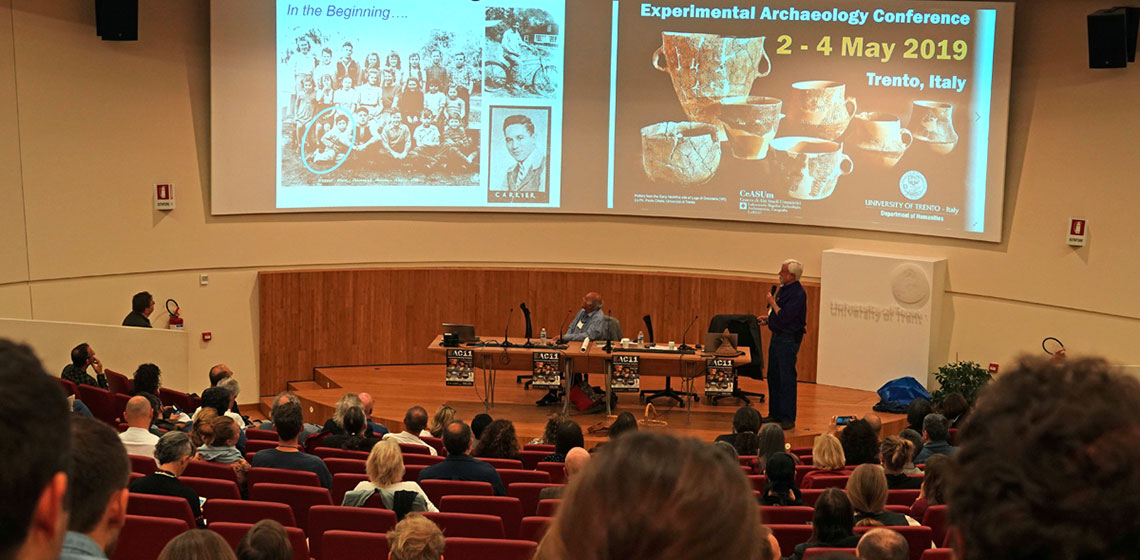
The 11th Experimental Archaeology Conference (EAC11) was held in Trento, Italy in May 2019, organized by EXARC and the University of Trento. Over 190 participants gathered together hailing from more than 25 countries, and for the first time the conference ran parallel sessions. The conference spanned three days, with the first two devoted to keynotes, papers, and posters. The final day was reserved for optional excursions which showcased significant archaeological highlights on offer in the region. In many of the sessions, questions were reserved for the end, which sparked lively discussion. As has been the case in other recent EAC meetings, poster authors were given the chance to present their work during the regular sessions accompanied by a few slides, and their inclusion in the overall discussion sessions was an excellent addition.
- From the Review by Caroline Jeffra (NL) and Jilian Garvey (AU)
